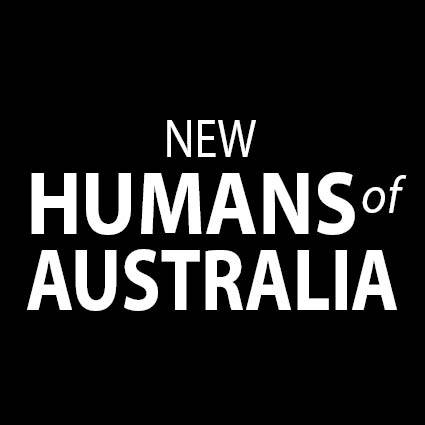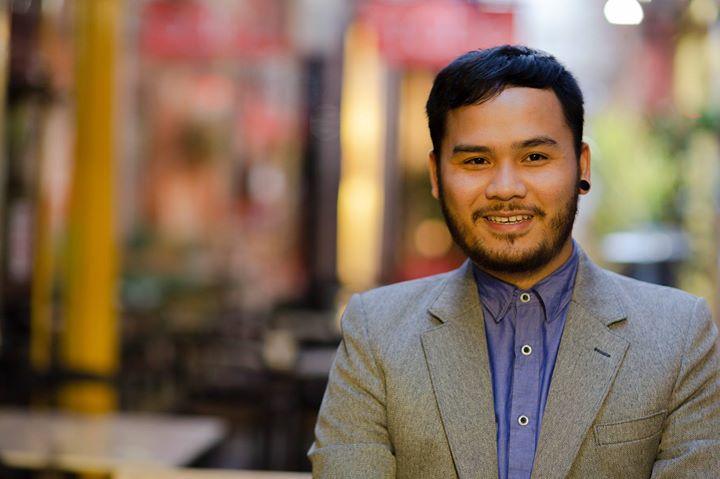I’ve had polio in my left leg from when I was a child but we never had any qualified doctor to diagnose my condition. Then, when I was 6 years old, we had to flee our little village because of the attacks on Karen people in our area. It was really hard for my dad because he had to carry both my younger brother and me on his shoulder day and night, as well as a big back pack.
We ended up in a refugee camp in Thailand, where I lived for 9 years. It was a difficult life. We only had basic food rations, basic education, and basic hospital facilities there. Over time, more and more people arrived and many people got sick because of drinking untreated water and the poor living conditions.
It was especially hard for my mum as she and Dad separated, so she had to take care of me and my 4 other brothers alone. Luckily, as she was a school teacher back in our village, she could work as a teacher in the camp too.
In 2005, the Australian government came and asked if anybody wanted to come to Australia. At that time, my mum didn’t know anything about Australia except that it was a continent in the Southern Hemisphere! But she was very brave and decided to come here so that we could have a better life.
Arriving in Sydney was actually frightening for us. We knew nothing about Australia, and came with zero dollars, zero English, and just a few basic clothes. But at the same time we were happy because we knew that we weren’t going to be hungry anymore and that people wouldn’t persecute us because of our ethnicity.
I first went to specialised English classes for a year, and then joined high school for year 8. It was really challenging because I had to learn not just the language, but also the whole culture and system in Australia. I also had my weak leg, so I could fall very easily.
My mum grew concerned that I wasn’t getting the support I needed. The first doctor we saw said, ‘In this country, you don’t ask for assistance or help.’ Mum said, ‘Yes, we know that, but we wanted to see if there’s anything you can do for my son’s leg.’ But he just said, ‘There’s nothing we can do about it. And you shouldn’t rely on the government.’ It totally destroyed her.
Later, she went down to Melbourne to see a friend she knew from the refugee camp, and when she was there, she met a very beautiful Australian lady, Grace, and her husband, Dean, who were supporting and advocating for Karen families there.
Mum felt that they could help with my situation so we made the big decision to move down to Melbourne. It was so difficult – we had to leave everything behind, and start again from zero. But Grace helped us with everything, from renting a property, to finding furniture from the op shop. Over time, she became like a second mother to me, worrying about my progress at school, contacting my school teacher, and also referring me to her GP, and then to a specialist for my leg. Eventually we were able to go to Royal Children’s Hospital and I was given my very first leg brace.
That was the best day of my life, because I could finally walk freely without having to hold my leg. A year later, she helped me get another brace which let me bend my knee. It was expensive but really effective and I still wear it right now.
Grace changed so many familes’ lives and brought so much happiness to so many people, and I always hoped that one day when I finished school I would be able to do what she did, helping people who have just arrived.
After a few years, Mum found a job in a factory in Bendigo, where there is a large Karen community, so I finished my year 12 there. Next, I started a Bachelor of Business. But I could see that there were a lot of new families arriving who were really struggling, especially with language support, so after my first year, I thought I would take a break and volunteer with settlement services to work as an interpreter and as a community guide.
I really enjoyed seeing the difference I could make in people’s lives, so instead of going back to my degree, I decided to do a Diploma in Interpreting followed by a Diploma in Community Services. After that, I found a position as a Settlement Services Case Worker at the same organisation I had been volunteering with. Later, I became a councillor representing our community on the Regional Advisory Council at the Victorian Multicultural Commission. I am also doing a lot of lobbying and advocacy work for my community.
I often say to young people, ‘Just have a dream. And dream big!’ I believe that living in Australia is a real opportunity, a real privilege. The opportunities and possibilities are endless. With hard work and commitment, patience and determination, you can create any future that you want.
When we came to Australia, we had zero dollars. Now we have our own house, and cars, and have all established our roots here. I am so grateful to my mum. She was a young woman who came here alone, taking care of 5 boys, working in factories for years, and moving from place to place just to make our lives better.
Now we all feel that Burma is where we were born, but it is not our home. This is our home, and I’m proud to say that we are all citizens.
When we travel, we say, “Hey, I’m Australian!”
Nay Chee
Burma
Arrived 2005
Photographer: Belinda Jordaan @Belindajordaanphotography
I need your help! Can you offer your support to New Humans of Australia on an ongoing basis? For as little as $1 a month, you can become a patron and get all stories direct to your inbox. Or become a strong supporter for only $10 per month and get a free copy of the amazing book! Whatever you choose, it all adds up and helps me to do my work. Thank you to all my patrons, supporting the arts and supporting social change! ❤️ ❤️ ❤️
www.patreon.com/newhumansofaustralia
#refugees #refugee #Refugeescontribute #Myanmar #Burma #Australia #Sydney #Melbourne #Bendigo #givingback #migrants #Migration #inspiration #storiesnotstereotypes

